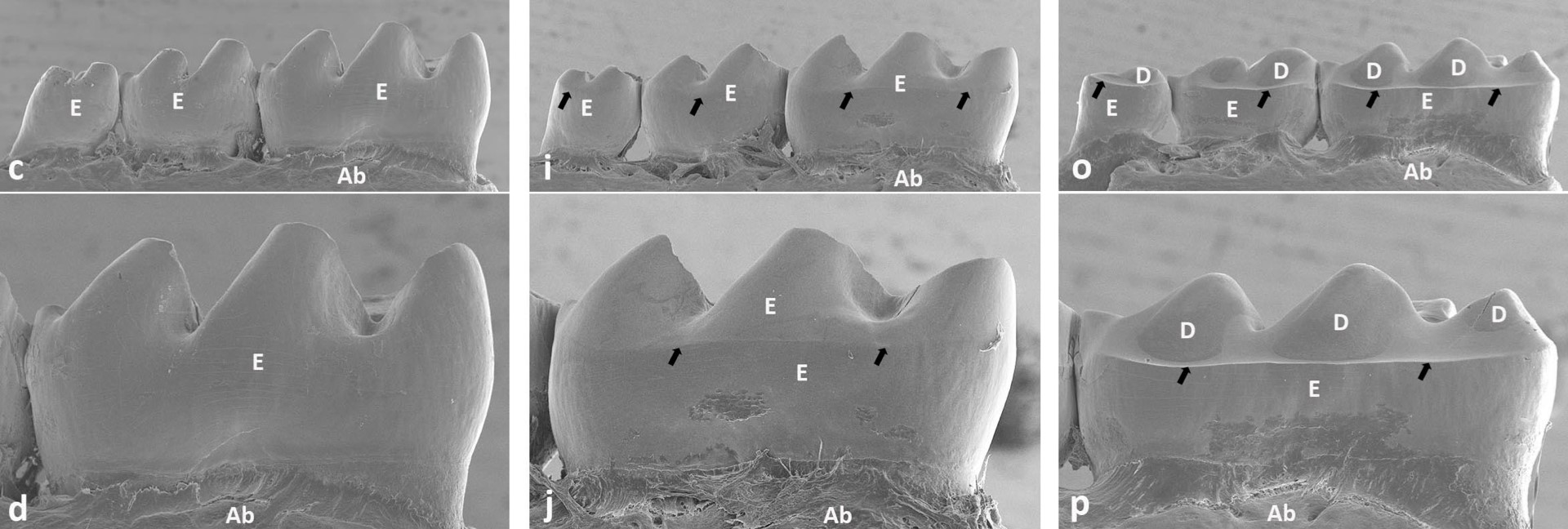Dental Erosion

A new standardized mouse model is established for studying extrinsic dental erosion.
This model gives deeper insight into risk indicators and preventive treatments for dental erosion.
A novel animal model of extrinsic dental erosion has been established. The model is suited for studying the progression and treatment of dental erosion.
Dental erosion is common, with a reported prevalence in permanent teeth of 30% worldwide. Experiments on dental erosion with human patients are unethical because of the irreversible loss of dental hard tissues when exposed to acids.
The need for a standardized animal model for studying dental erosion has been emphasised for many years. With this new animal model, erosive lesions of varying severity can be created and analysed using precision techniques. The mice model creates an oral environment that resembles the human mouth, giving new knowledge and improving our understanding of the dental erosion.
In the current study we evaluated transverse sections of mouse molars, after exposure to citric and phosphoric acids, using SEM (Figure 1). The method lends itself to further studies on the influence of saliva on dental erosions and on the relevant preventive and treatment strategies.
This study has been collaboration between the Institutes of Clinical Dentistry and Oral Biology, at the University of Oslo, Departments of Medical Biochemistry and Maxillofacial Surgery at Oslo University Hospital and NIOM.
Figure 1. Scanning electron microscopy images of mandibular molars showing the lingual view of unexposed teeth (c and d), and teeth from animals exposed to sports drink containing citric acid (i and j) and beverage containing phosphoric acid (o and p). The step (black arrow) indicates the border between the unaffected cervical part and the affected occlusal part of the tooth. E = enamel, D = dentin, Ab = alveolar bone.

